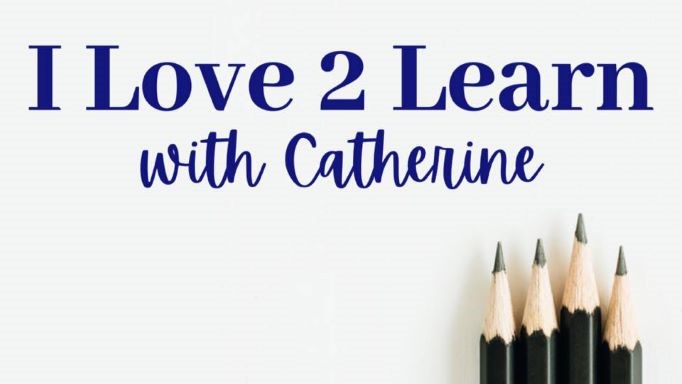The How To of Documenting Your Family's Education Vision
Monday, March 27, 2023 by Catherine Gilliland | Family Education Vision
.png)
Vision is the North Star that guides you toward your family's future and is composed of your hopes and dreams for your family and for each member. It considers values, beliefs, a child's interests and passions, aptitudes, personality, and giftings. A written vision is made up of goals, objectives & activities. Goals are the high-level milestones of achievement necessary to reach a vision. Objectives are the more detailed milestones required to reach individual goals. Lastly, activities are those things that must be done to reach objectives. Each one builds upon the other. Altogether, vision drives a concrete plan for growth.
A written plan fosters continued focus on the value of your vision and helps get you back on track from the inevitable distractions that can so easily derail us. On days when one's energy or other resources are waning, reading your written plan can be an important source of inspiration and direction. Finally, taking the time to plan and document one's vision helps prevent huge disappointments like heartaches, regrets, and wasted resources that bring you sorrow.
Once recognition has been made regarding the benefits of actually writing down an education vision, we need to develop some structure for this plan. Think of the process like you would if you were drawing yourself a map. Work backward with the destination in mind. Once you have put words to your vision, write a 5-year plan of goals (drone view) even if more than five years are required to execute the plan. Remember that goals are the high-level milestones leading to the vision. Next, write a 1-2 year plan (expanded view) for shorter-term planning. This is a much more specific plan that includes objectives to meet the goals on the 5 yr plan. Lastly, construct a 12-month plan including the objectives on the 1-2 year plan and the activities you plan to experience to meet those objectives.
An effective method to simplify the process is to create one plan per child. Divide each 5-year plan into categories guided by age, Each "plan" can be drawn up as a spreadsheet. On the top row, create categories for character, relationship skills, academic skills, life skills, and any other category you wish to plan. On the far left column, create categories for age ranges and the goals, objectives, or activities related to the plan. This works for whichever length plan you are creating.
The purpose of the written plans you create is to serve your family. Each plan should enable you to maintain a balance between laser focus and the flexibility necessary to keep the plan relevant. Periodically assess the effectiveness of your plan (5-year, 1-2 year, and 12-month). Assessment isn't an end in itself but allows for the inevitable fine-tuning or revamping necessary as one works out the plan. Pre-set dates for future assessments, revisions, or regular expansion of the 5-year or 1-2 year plans (that highlight goals and objectives) into the 12-month plans that identify the activities you will use to foster growth.
Treat the development or refinement of your plans as a special and exciting time. For young families, parents will be the primary planners. These planning sessions could become a special night out, a memorable planning retreat, or simply a dedicated time together, undistracted around the kitchen table. Whatever style your planning takes, they should build intimacy in your relationships because you are working towards a common goal. As the child grows, they will want to be more and more a part of the assessment and planning process; they should be-it's their life! As your older children participate, they will grow their own skills of personal management and growth, owning their plan and working intentionally toward their goals. As you begin your journey, aim to assess every 3-6 mo. As you gain experience, move to 6-12 months keeping in mind that some parts of your plan will require more frequent assessment. Expect yourself to need flexibility--life happens.
I am often asked this question: What should I take into account when creating my plans? There are many parts of development that you may want to consider, however, there is not a one size fits all protocol. Remember the purpose of the written plans you create is to serve your family. You may want to consider any of the following:
-
Normal Child development milestones
-
What does brain research indicate is important
-
Character development
-
Age appropriate activities
-
Reasonable Work skills
-
Fostering thinking skills
-
Academic learning milestones
-
Value of spending time alone
-
FUN- all work no play, leads to an unbalanced child (and all play and no work, leads to an unsuccessful child)
-
Family team-building
Whatever your plan looks like, know and work with your child's natural grain, bents, or wiring. Doing so will set you up for seasons of joyful experiences, successful growth, reduced conflict, and satisfying parenting.
As the season to plan for summer and the following academic year draws near, families who have a vision and plan in place enjoy the guidance these documents provide when making decisions about summer opportunities and registering for upcoming classes and activities.


